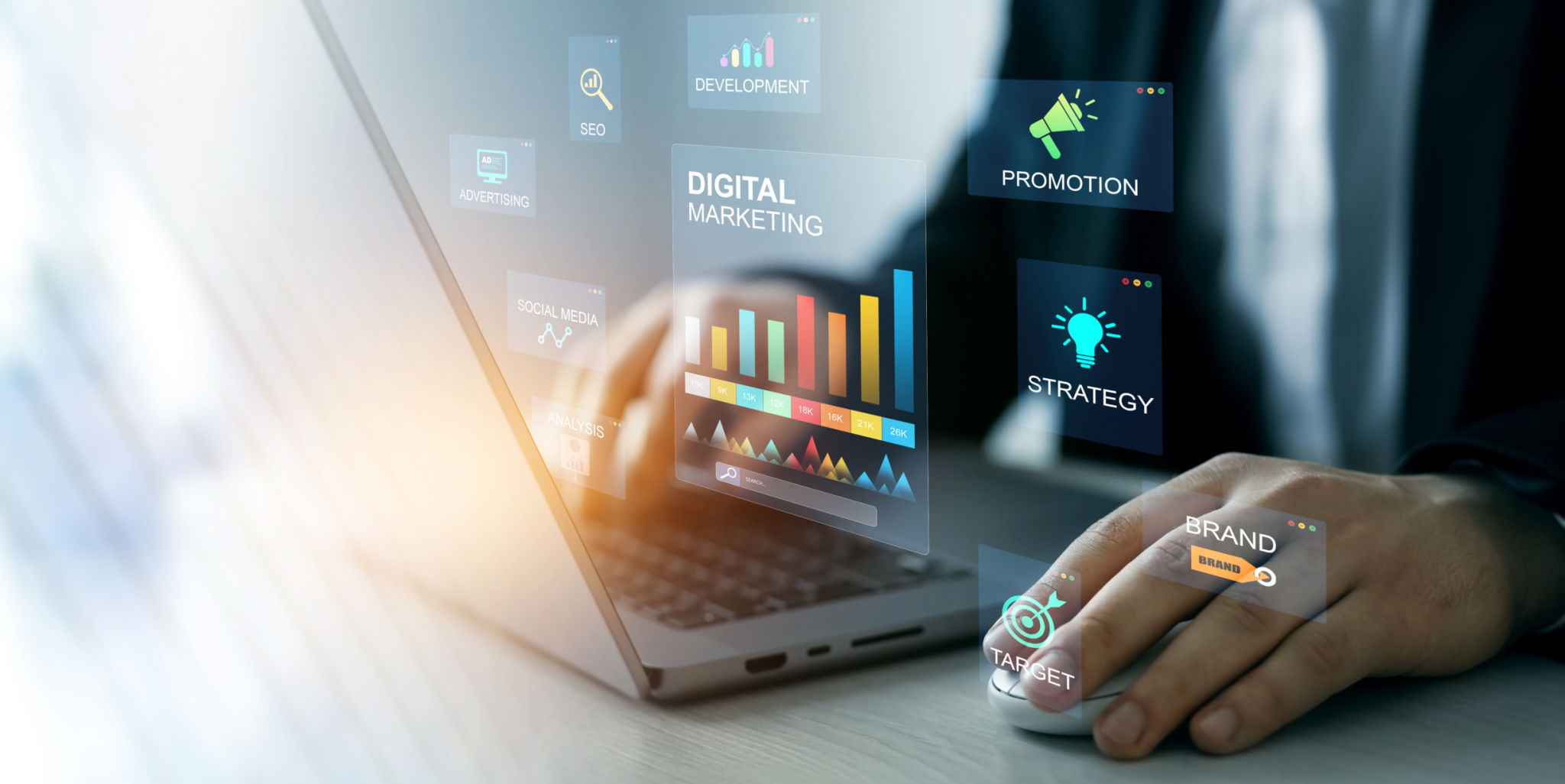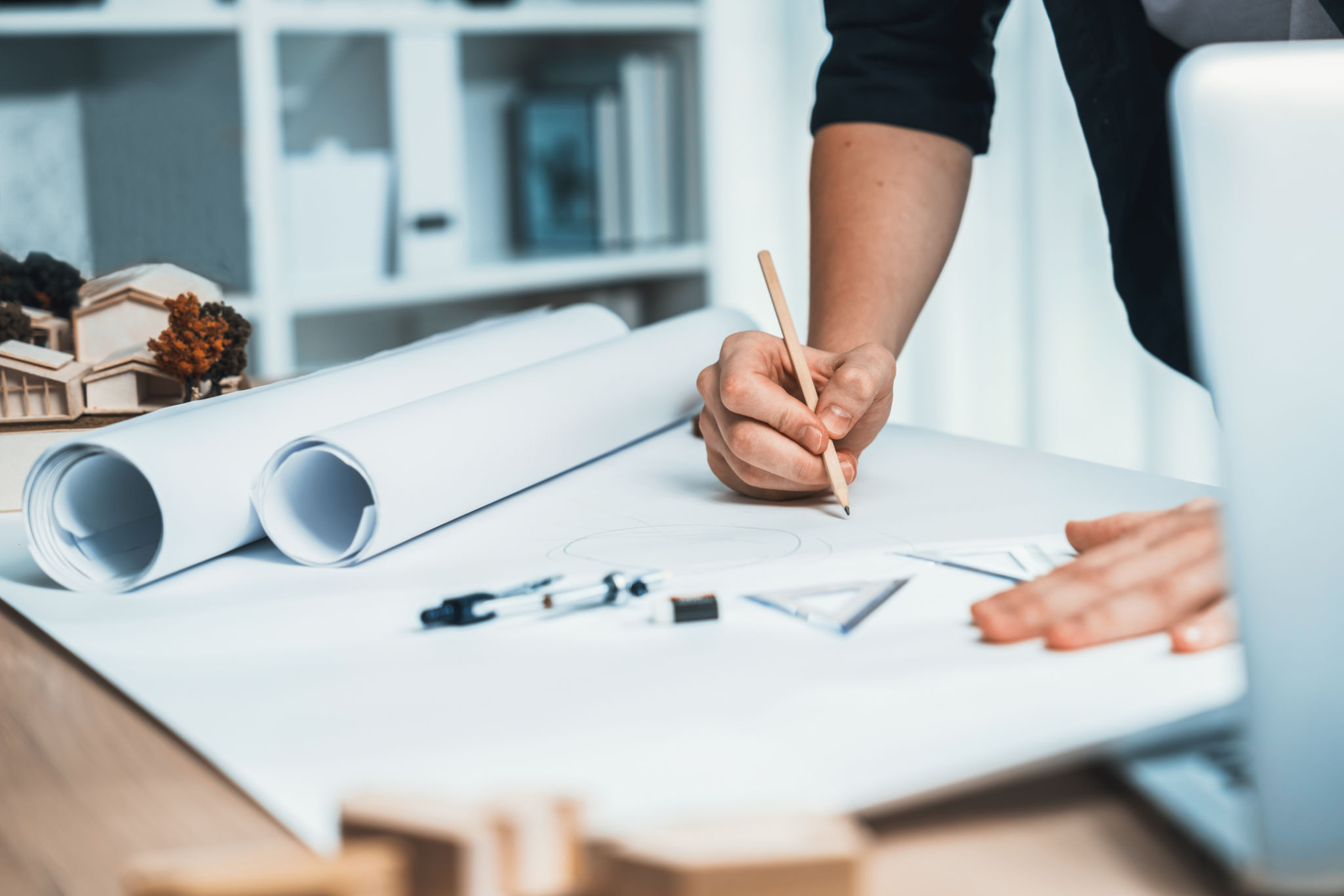The Essential Guide to Prototyping Services: From Concept to Creation
Understanding Prototyping Services
Prototyping is a crucial step in the product development process, bridging the gap between concept and creation. It involves creating a working model of a product to test its functionality, design, and usability. By utilizing prototyping services, businesses can efficiently translate their ideas into tangible products, ensuring they meet market demands and user needs.
There are various types of prototypes, each serving different purposes. From a simple sketch to a fully functional model, choosing the right type of prototype depends on the stage of development and the specific goals of the project. Here, we explore how prototyping services can accelerate product development and minimize risks.

The Prototyping Process
Conceptualization
The first step in prototyping is conceptualization. This involves brainstorming and sketching initial ideas to form a clear vision of the product. During this phase, designers and engineers collaborate to outline the product's features, functionality, and aesthetics. This foundational stage sets the direction for the subsequent phases.
Design and Development
After conceptualization, the next step is design and development. Using digital tools and software, designers create detailed models and simulations. These digital prototypes allow teams to visualize the product in a virtual environment, enabling them to make adjustments before physical production begins. This stage is essential for identifying potential issues early on.

Types of Prototyping Methods
Rapid Prototyping
Rapid prototyping involves quickly creating a scale model of a physical part or assembly using 3D printing or other advanced manufacturing technologies. This method is particularly useful for testing form, fit, and function early in the design process. It allows teams to iterate quickly, making necessary refinements without significant time or cost investments.
Low-Fidelity vs. High-Fidelity Prototypes
Low-fidelity prototypes, such as sketches or paper models, are used in the early stages to explore ideas and gather feedback quickly. In contrast, high-fidelity prototypes are more detailed and interactive, closely resembling the final product. These are employed in later stages to refine user experience and validate design choices.

Benefits of Prototyping Services
Engaging in prototyping offers numerous benefits that can significantly impact the success of a product launch. Firstly, it helps identify design flaws early, reducing the risk of costly revisions post-production. By testing usability and functionality, businesses can ensure their product meets customer expectations.
Moreover, prototypes facilitate better communication among stakeholders. Visual models make it easier to convey ideas and gather input from team members, investors, and potential customers. This collaborative approach often leads to innovative solutions and improved product outcomes.
Choosing the Right Prototyping Partner
Selecting an experienced prototyping partner is crucial for achieving desired results. When evaluating potential partners, consider their expertise in your industry, the technologies they use, and their ability to deliver within your timelines. A reliable partner should offer comprehensive services from initial design to final testing.
In conclusion, prototyping services are an essential component of successful product development. By following a structured approach from concept to creation, businesses can enhance their products' quality, functionality, and market readiness. Whether you're a startup or an established company, investing in prototyping can provide a competitive edge in today's fast-paced market.